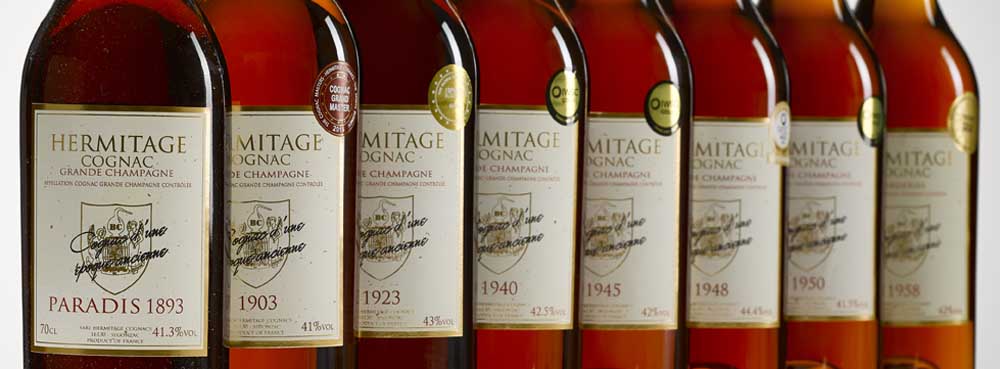 The growth in generic cognac sales over the last quarter of a century has distracted from the single most important criteria in determining the quality of a cognac. The age, or to be precise, the barrel age of a cognac is the most important element of cognac quality, yet we so often fail to ask the age question. Currently there simply is not enough information on the bottle to make it interesting. Compare that to a single malt whisky where the label tells us its barrel age, who made it and even what barrel it was stored in. It is little wonder that single malts outsell cognacs by a factor of 10 : 1.
The growth in generic cognac sales over the last quarter of a century has distracted from the single most important criteria in determining the quality of a cognac. The age, or to be precise, the barrel age of a cognac is the most important element of cognac quality, yet we so often fail to ask the age question. Currently there simply is not enough information on the bottle to make it interesting. Compare that to a single malt whisky where the label tells us its barrel age, who made it and even what barrel it was stored in. It is little wonder that single malts outsell cognacs by a factor of 10 : 1.
Sure, there are other factors that affect cognac quality, the cru, shape and size of the still, the cut, variations in the actual distillation, the size and age of the barrels, the storage conditions . . . . . . the list goes on but the longer the cognac is allowed to sleep in the barrel, the better it is. The provenance is the one piece of information that tells us more about its quality than all the other cognac features put together.
Of course, where the cognac was made and who made it is important. However, even cognac that has been made in the top cru by a family producer, will lose its identity once it has been sold to one of the big houses as they have to blend hundreds of different cognacs together to meet their customer demands. Fortunately, there are still family firms who sell their cognacs independently. These single estate producers are much more likely to provide cognacs that have aged for more than the minimum number of years and to have kept their best and oldest in the family cellars.
Modern wine and spirit retailers have little knowledge of cognac. It is not their fault. They simply have not been told and there is no information on the bottle to encourage questions. Many retailers consider themselves as mainly wine retailers, yet if they were to learn about cognac and actively sell it, it would provide them with a much more interesting sale (there are so many different processes it goes through over a much longer ageing process than any other alcoholic beverage). Values and margins are higher, and the story is more involved and interesting than wine. After all, cognac starts as a wine.
So, you may say “Where do we go from here?” Supermarket shelves are stocked with generic blends which do not sell and if you ask for a brandy in a hotel or bar you are offered a VS, VSOP or XO. Growers and producers must make their cognacs and labels more interesting by keeping some of their cognacs back from the big houses to sell independently with age statements.
But perhaps the best idea is to draw up a long term plan and ask where producers want to be in the future; struggling to get a decent price from the big houses or offering what their forefathers would have liked, unique cognacs that have been properly aged and recognised for the unique flavours and styles that they have spent generations in perfecting. Not only will they get recognition for their cognacs, but they will get much more money for them as well. Cognacs are complex and have interesting flavours that have developed in their barrels over decades. This is why cognac is the King of all Spirits.


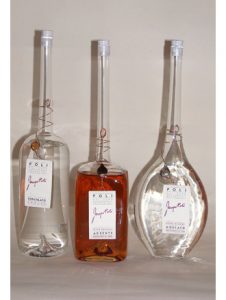 We have expanded our range of Eaux de Vie, Grappas and Liqueurs just in time for the summer cocktail season.
We have expanded our range of Eaux de Vie, Grappas and Liqueurs just in time for the summer cocktail season.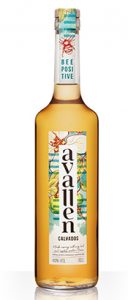 Launched last year, Avallen Calvados has been hitting the headlines as a ‘product with a purpose’. Created by Healthy Hospo founder Tim Etherington-Judge and wine and spirits specialist Stephanie Jordan, they set out to make the most sustainable spirit possible and so chose
Launched last year, Avallen Calvados has been hitting the headlines as a ‘product with a purpose’. Created by Healthy Hospo founder Tim Etherington-Judge and wine and spirits specialist Stephanie Jordan, they set out to make the most sustainable spirit possible and so chose 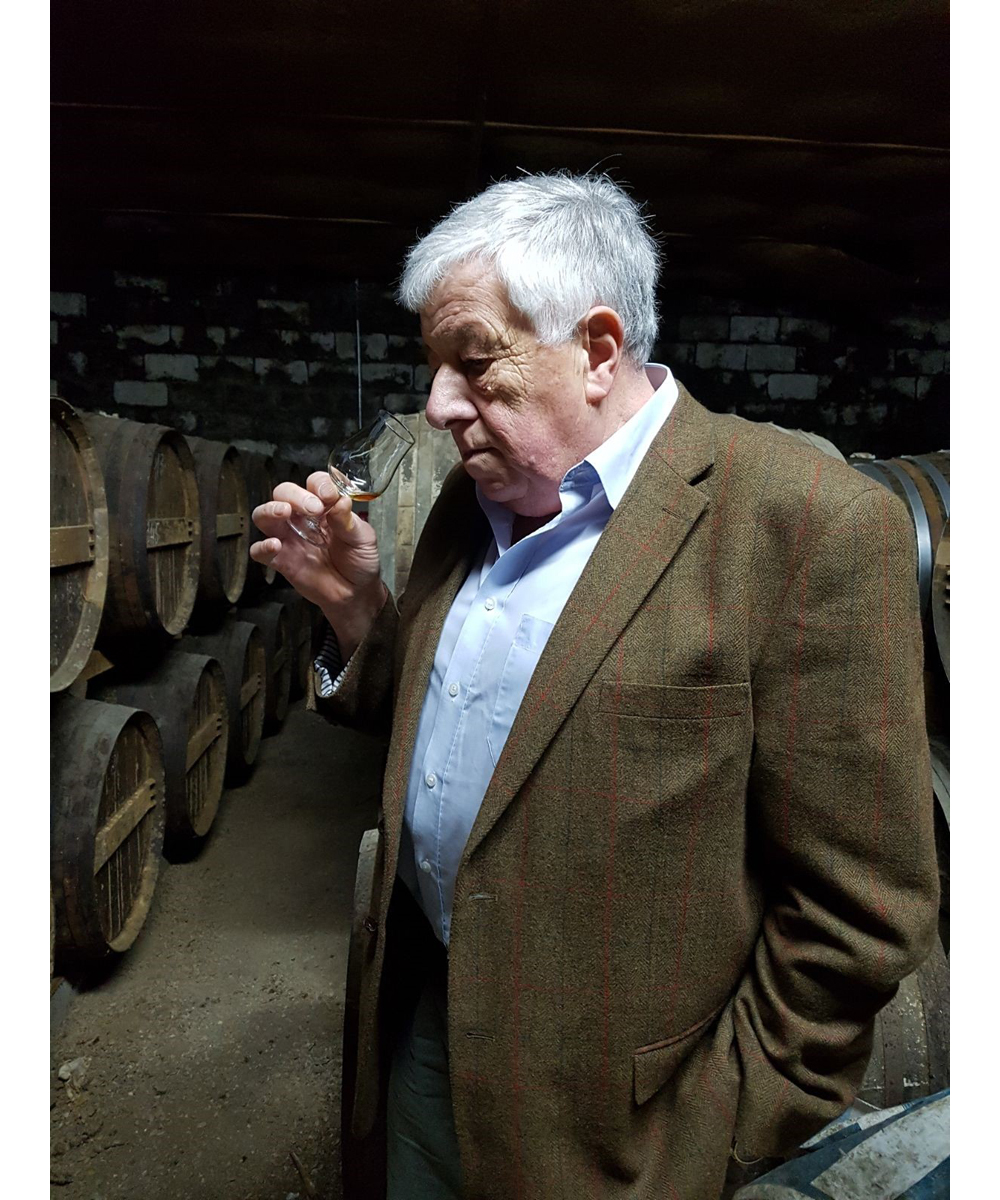 The American Chemical Society has identified a few compounds, not previously known, which contribute to an
The American Chemical Society has identified a few compounds, not previously known, which contribute to an 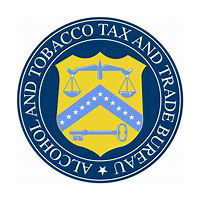 Six months ago, the US imposed hefty tariffs on the import of some European wines, whiskies and liqueurs following a long running dispute over EU import tariffs and subsidies. Last December, the US government considered imposing similar US tariffs on other EU wines and spirits, including
Six months ago, the US imposed hefty tariffs on the import of some European wines, whiskies and liqueurs following a long running dispute over EU import tariffs and subsidies. Last December, the US government considered imposing similar US tariffs on other EU wines and spirits, including 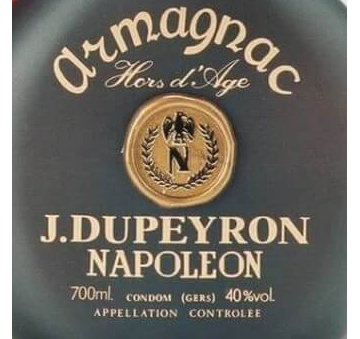 We are used to seeing the ownership of French brandy houses moving to the Far East but recently, US controlled brandies are coming to the fore. US drinks group Sazerac has released a cognac named after Bernard Sazerac de Forge who founded his cognac house in 1782. Called
We are used to seeing the ownership of French brandy houses moving to the Far East but recently, US controlled brandies are coming to the fore. US drinks group Sazerac has released a cognac named after Bernard Sazerac de Forge who founded his cognac house in 1782. Called  The growth in generic cognac sales over the last quarter of a century has distracted from the single most important criteria in determining the quality of a cognac. The age, or to be precise, the barrel age of a cognac is the most important element of cognac quality, yet we so often fail to ask the age question. Currently there simply is not enough information on the bottle to make it interesting. Compare that to a single malt whisky where the label tells us its barrel age, who made it and even what barrel it was stored in. It is little wonder that single malts outsell cognacs by a factor of 10 : 1.
The growth in generic cognac sales over the last quarter of a century has distracted from the single most important criteria in determining the quality of a cognac. The age, or to be precise, the barrel age of a cognac is the most important element of cognac quality, yet we so often fail to ask the age question. Currently there simply is not enough information on the bottle to make it interesting. Compare that to a single malt whisky where the label tells us its barrel age, who made it and even what barrel it was stored in. It is little wonder that single malts outsell cognacs by a factor of 10 : 1.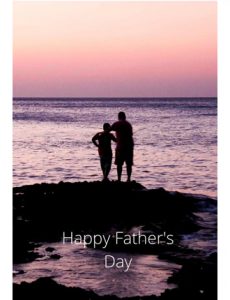
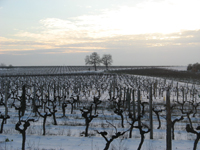 Over the years we have built many relationships with suppliers and friends in the Charente and particularly in Grande Champagne. Although it is some months since we have been able to travel to France, we still talk frequently to them by phone and they, like ourselves, are having to cope with the difficulties that the coronavirus has created this Spring. Cognac producers and bottlers are having to prove that they are producing to get paid as the French authorities are worried about the cost to the country. Talking to one organisation, their concern is the receipt of orders as much of their business comes from the Far East. However, they are delighted to have received their first orders from Taiwan and Japan. Delivering orders is another challenge as European distribution organisations are finding that crossing borders takes longer than usual. All the big houses are continuing to bottle and ship
Over the years we have built many relationships with suppliers and friends in the Charente and particularly in Grande Champagne. Although it is some months since we have been able to travel to France, we still talk frequently to them by phone and they, like ourselves, are having to cope with the difficulties that the coronavirus has created this Spring. Cognac producers and bottlers are having to prove that they are producing to get paid as the French authorities are worried about the cost to the country. Talking to one organisation, their concern is the receipt of orders as much of their business comes from the Far East. However, they are delighted to have received their first orders from Taiwan and Japan. Delivering orders is another challenge as European distribution organisations are finding that crossing borders takes longer than usual. All the big houses are continuing to bottle and ship 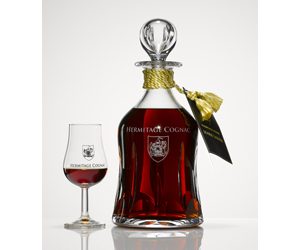 As most of you know, I spend a great deal of my time tasting
As most of you know, I spend a great deal of my time tasting